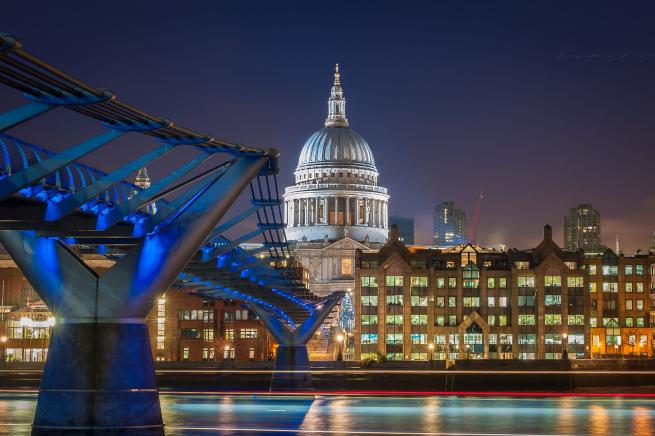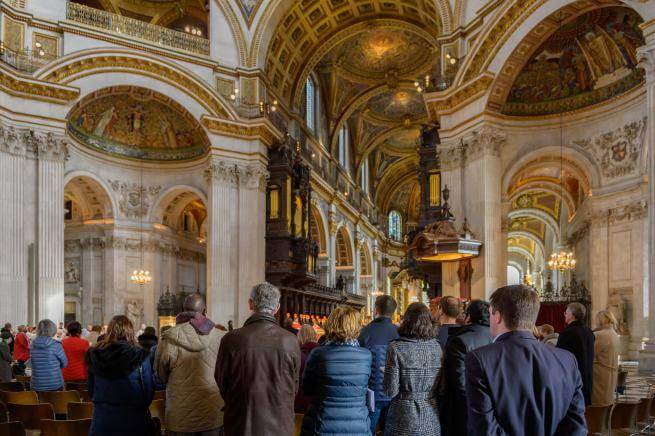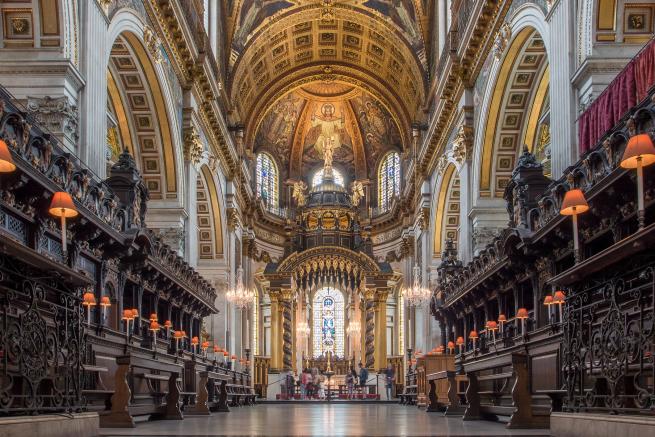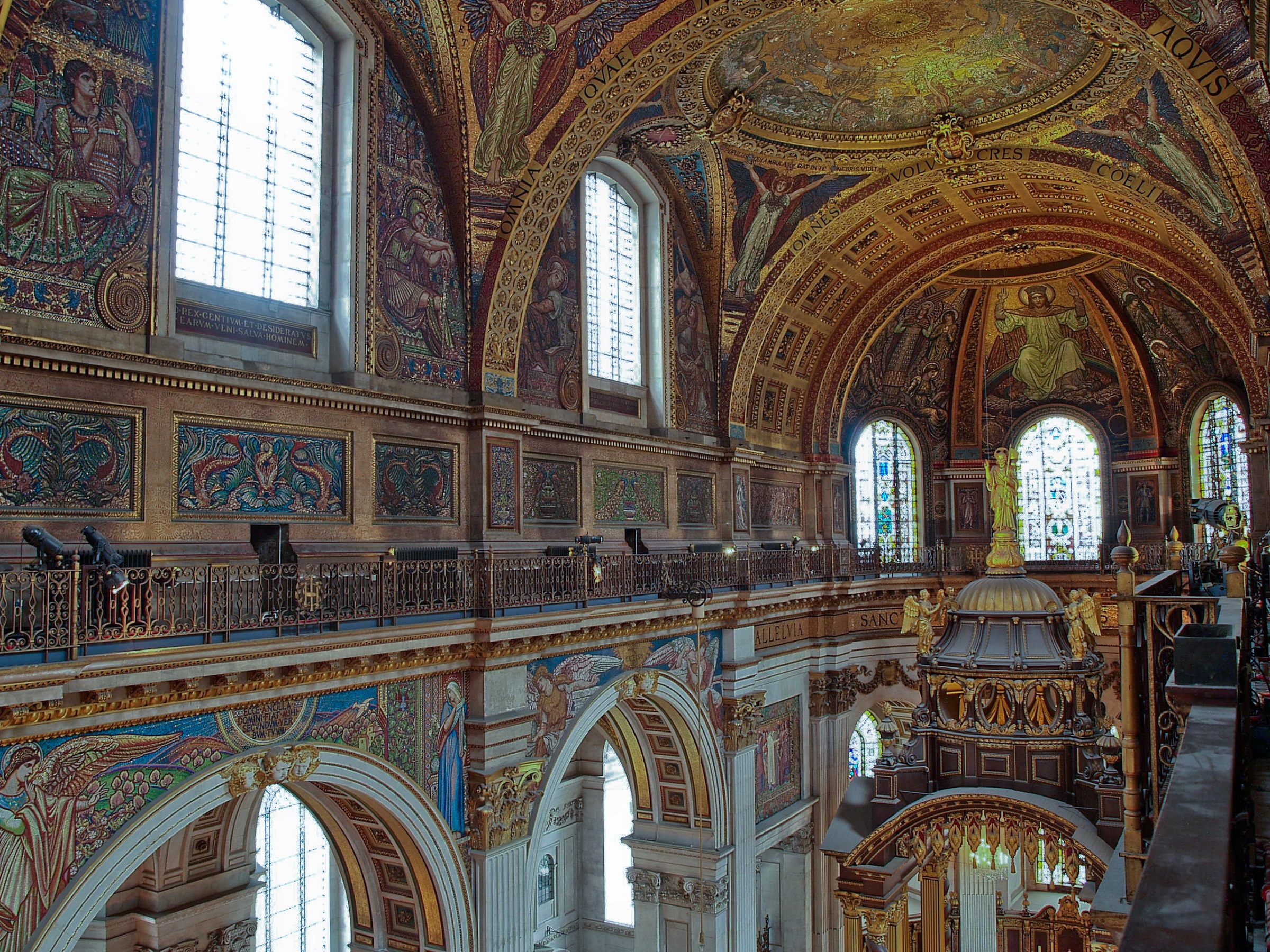Fire prevention
Fire prevention
Our golden rules
Here is list of golden rules which we require all staff and volunteers to abide by for their own safety and of others, and for the safety of our buildings (not least the Cathedral given its hugely significant national and world heritage status).
The list includes some specialist areas of work, which are provided to other staff and volunteers for additional information so they have a better understanding of what the Works team or other specialists are doing on site, and why these things are important for fire safety.
1. Electrical safety
Rule
At the end of the working day or whenever you leave your workplace, if at all reasonably possible, please turn off your appliances at the socket and pull out the plug.
Reason
This simple act will prevent the chance of your appliance/s being the cause of a fire in the building when it is most vulnerable, for instance, when it is unoccupied or there is nobody close by to identify the fire straightaway and possibly extinguish it (if trained).
Portable appliance testing and the condition of equipment
Rules
Only use appliances that have a current PAT test label but also take a quick visual inspection of the appliance to make sure there is no obvious sign of damage to the appliance, cable and plug. If there is any sign of damage do not use the equipment and report it immediately to the Works department either personally or via your line manager. Please do not bring in or use personal electrical equipment unless it has been PAT tested and/or inspected by our electrical engineers.
Reason
Untested equipment can fail and does start fires. Just because something has been previously tested doesn’t mean to say it cannot be subsequently damaged so users need to just check for obvious issues.
Safe use of electrical appliances
Rules
- Do not overload sockets.
- Do not bundle electrical cables.
- Do not daisy chain extension leads.
- Do not use block adaptors, only use fused extension cables.
- Ensure that appliances ran from an extension lead do not overload the rating of the extension.
- Do not put electrical cables under mechanical strain.
- If you have to use an extension cable then the cable must be fully unwound from the drum and the resulting cable managed to prevent a trip hazard or mechanical damage.
- Do not allow cables to be trapped/compressed by the lids of floor sockets.
Reason
Following these rules will prevent issues with localised overheating, short circuits, overloading power supplies, mechanical damage, etc. - all of which can and do start fires. Eliminate the risk if possible. For example, if there are lots of extension cables in use, request whether additional fixed sockets could be provided to prevent the need for the extension cables.


2. Smoking and vaping
Rule
All buildings are no smoking/vaping sites. You must not smoke or vape anywhere in or around our buildings. This includes right by the perimeter of any building, and in particular near any access point.
Reason
Carelessly discarded cigarettes start fires, and if you smoke by the perimeter of a building (particularly an access point like a door) stubs can blow back into a building and set light to combustible materials.
3. Housekeeping
Rules
- Never put combustibles close to ignition sources. For example, placing combustible items in electrical service cupboards for storage.
- Avoid unnecessary storage of combustible items.
- Always keep fire exits and exit routes clear of combustibles or obstructions.
- Never wedge a fire door open (unless it is for the immediate movement of equipment through it and then it must closed immediately).
Reason
A simple rule of fire is that if combustibles and ignition sources are separated there will not be a fire. It is easy to get into a habit of storing combustibles in inappropriate places. Whilst keeping exits/routes clear and not wedging fire doors technically do not prevent fires, they are a risk critical housekeeping issue so are included here. If you have a fire door that constantly needs to be opened as described above, it should be on an automated hold open device to avoid the need to wedge the door.
4. Cooking
Rules
- Commercial cooking must only be carried out by trained staff with a range of suitably documented risk control measures in place, which are adhered to at all times without exception. This includes strict deep cleaning of appliances.
- Staff heating up food in microwaves or using toasters must remain in attendance when cooking and follow the instructions for use of the appliance.
- Turn off the appliance after use.
- Never use a toaster if it is underneath a combustible surface. For example, if it is stored on the side on a work surface under a kitchen unit, move it out so the heat can dissipate.
- Clean the microwave and toaster after use to prevent a build – up of food/crumbs within the appliances. Note: allow the toaster to cool down sufficiently before doing this.
Reason
Cooking is one of the main causes of fire and it is usually human error which is the reason for the fire. That can include people using equipment they are not trained to use.
5. Portable heaters
Rules
- Only use portable heaters provided by St Paul’s Cathedral, which should be low powered, thermostatically controlled, PAT tested and with no obvious damage.
- Never put combustibles over or in close proximity to a portable heater.
- Do not put the heater under a work station or in a confined space, where combustibles are also likely to be present.
- Always turn of the heater by unplugging it from the socket as soon as you leave the area it is operating in.
Reason
Covering appliances can cause fires, and radiated heat from an appliance can bridge a gap to start a fire in combustibles which are too close. Also, if there is a fault on an appliance and it is left on and unattended a fire could start undetected for a period of time before the automatic fire detection activates. Ideally, portable heaters should be eliminated from use by having adequate fixed heating systems. However, within the Cathedral there are areas where people may need more localised heating.
6. Arson prevention
Rules
- Good housekeeping already described provides less opportunity for an arsonist to start a fire.
- Ensure access points to any building are secured from unauthorised external entry (note – any fire exits still need to be immediately available internally).
- Do not store large waste bins within 6m of any building. They should be in a secure area. Ideally they should be metal with lockable lids.
- Large waste skips should be a minimum of 10m away from any building.
Reason
A very significant number of all non-residential building fires are arson. This highlights the importance of some simple measures. Arson is not normally a life risk in non-residential buildings but particularly with the Cathedral it could have a huge impact on the building itself.
7. Dangerous substances: Storage and use
Rule
All dangerous substances (such as acetylene, oxygen and propane) must be stored and used in line with a detailed risk assessment and national benchmark guidance.
Note: no specific detail is provided here because the people who store and use these substances are specialists within the Works department and that level of detail is not required here.
Reason
Gases such as acetylene and propane are both flammable and highly explosive. Oxygen supports intense fire development. Flammable gases like acetylene and propane have an off-site potential (i.e. they could affect surrounding areas if involved in a fire) and as such must be suitably stored and used. If possible they should be eliminated from use and a safer alternative provided. However, where they cannot be eliminated because they are needed for the process they are designed for (for example, welding, braising and cutting metal) they must be suitably controlled.
Note: a significant step has been taken by the agreement that acetylene will be eliminated from use imminently. This gas is the one with the most significant off-site potential.
8. Building systems
These are: Mains electrical installations, gas boilers, heating and ventilation systems, lightning protection system, etc.
Rules
- All such systems will be designed, installed and commissioned by competent persons.
- All such systems will be tested, serviced and maintained by competent persons.
Note: no specific detail is provided here because the people who carry out this work are specialists and within St Paul’s are part of the Works team and are aware of the specific requirements for this.


Fire safety
Read our July 2023 staff and volunteer bulletin about fire safety at the Cathedral.




